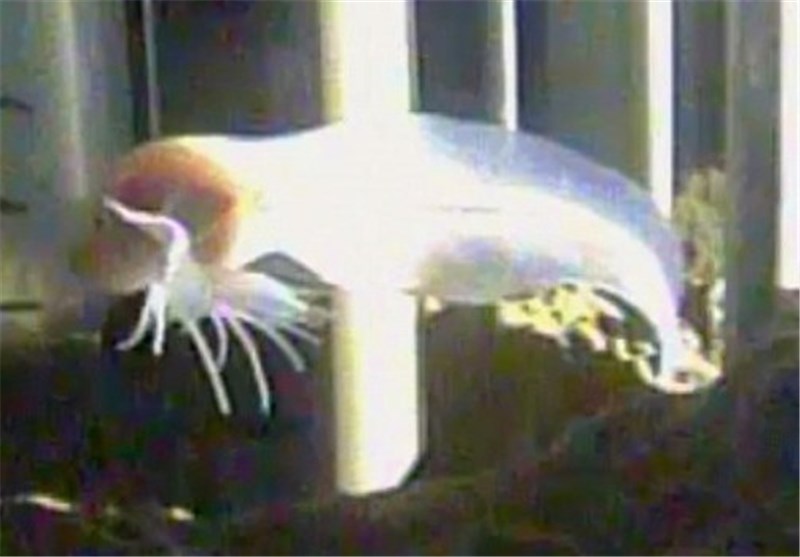New Species Found in the Deepest Trench on Earth
TEHRAN (Tasnim) - Researchers returned from the detailed study of the Mariana Trench aboard Schmidt Ocean Institute's research vessel. The expedition set many new records, including the deepest rock samples ever collected and the discovery of new fish species at the greatest depths ever recorded.
Whitman biology professor Paul Yancey and students Anna Downing '16 and Chloe Weinstock '17 have returned from the first detailed study of the Mariana Trench aboard Schmidt Ocean Institute's research vessel Falkor.
The Mariana Trench -- located in the Western Pacific near Guam -- has been the focus of high-profile voyages to conquer Challenger Deep, the deepest place on Earth.
This recent expedition to the Trench onboard Research Vessel Falkor targeted multiple depths and found active thriving communities of animals, Science Daily reported.
The expedition set many new records, including the deepest rock samples ever collected and the discovery of new fish species at the greatest depths ever recorded.
This Hadal Ecosystem Studies (HADES) expedition departed from other deep-sea trench research by sampling a broad spectrum of environments using five deep-sea vehicle systems called landers at specifically targeted depths from 5000 to 10,600 meters (16,404 to 34,777 feet).
Rather than solely focusing on the deepest point in the Mariana Trench, a concerted effort was made to gain a better understanding of the interplay between life and geologic processes across the entire hadal zone.
Dr. Jeff Drazen, co-chief scientist, expressed the drive behind this method: "Many studies have rushed to the bottom of the trench, but from an ecological view that is very limiting. It's like trying to understand a mountain ecosystem by only looking at its summit."
The findings from this research will help to answer important questions about Earth's largest and least explored habitat, including what organisms live there and how life adapts to these extreme conditions, as well as, how much carbon in the atmosphere reaches the deep sea and if it affects the food chains there.
New species were discovered on this expedition that will provide insight into the physiological adaptations of animals to this high-pressure environment.
This research is being conducted in the lab of Whitman College's Professor of Biology Paul Yancey.
In the past, Yancey and his students, working on animals from moderate depths, discovered certain organic molecules that protect the cells of deep-sea animals from the effects of high pressure, which distorts proteins such as enzymes.
These kinds of protective molecules are also being tested to treat human diseases that are caused by malformed proteins, such as cystic fibrosis.
Additionally, his work on protective molecules in fishes predicted that fish would not be able to live below about 8,200 meters (27,060 feet). Prior to this expedition, the deepest documented fish was from 7,700 meters (25,410 feet).





